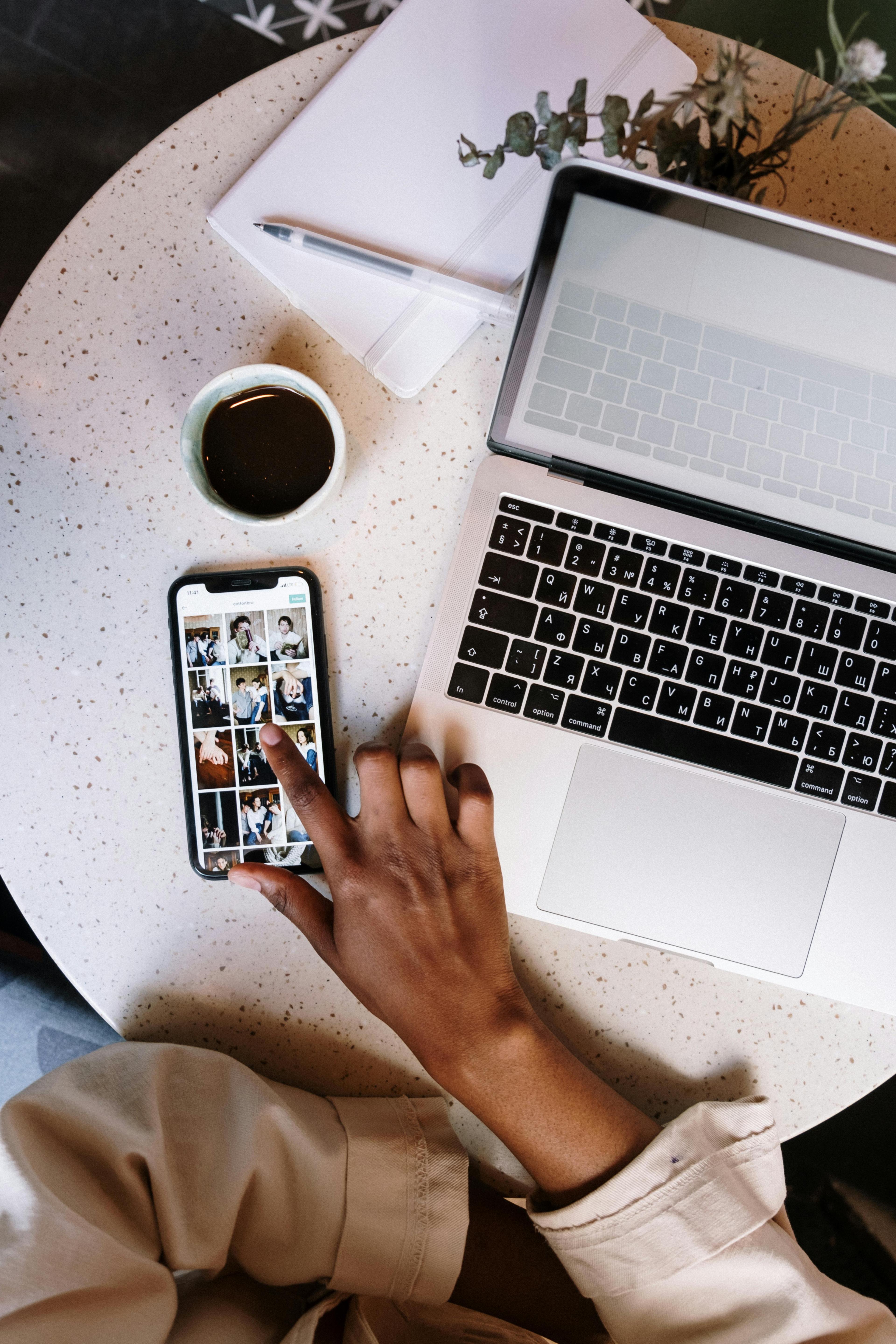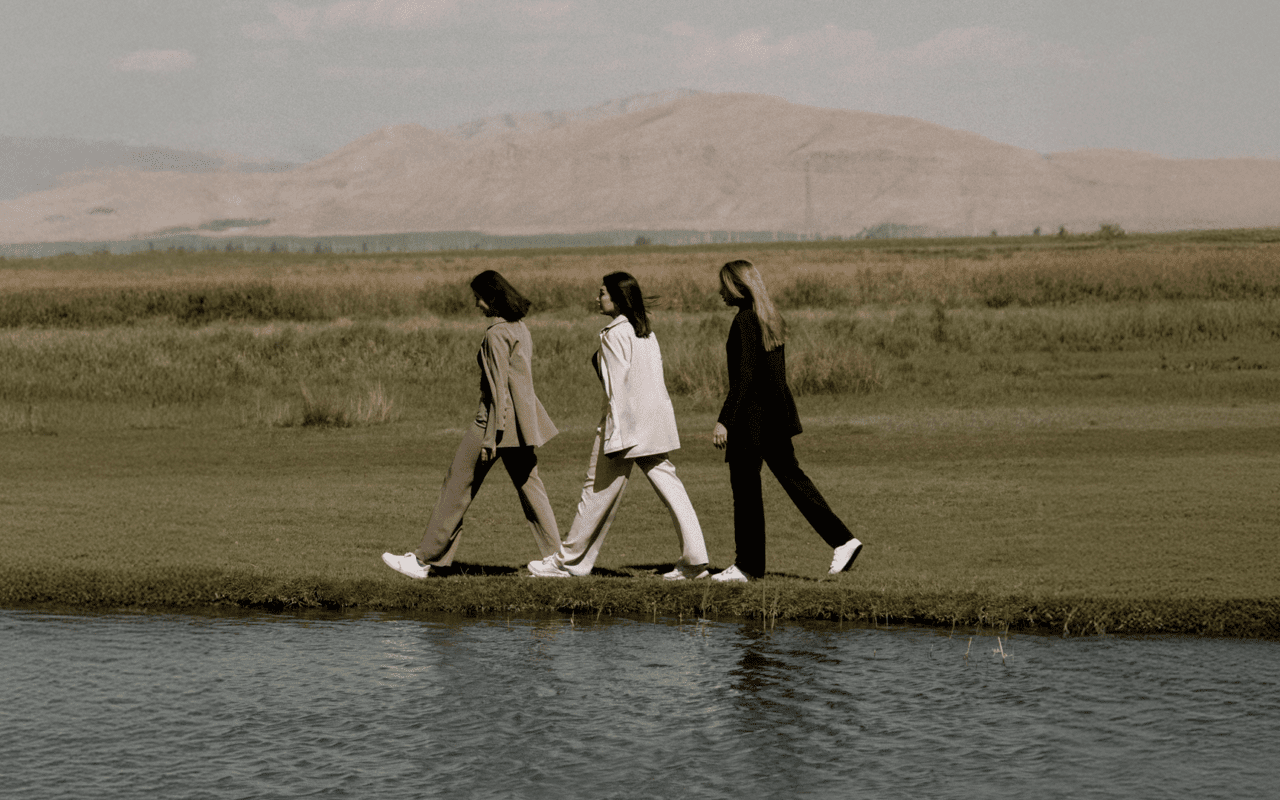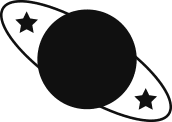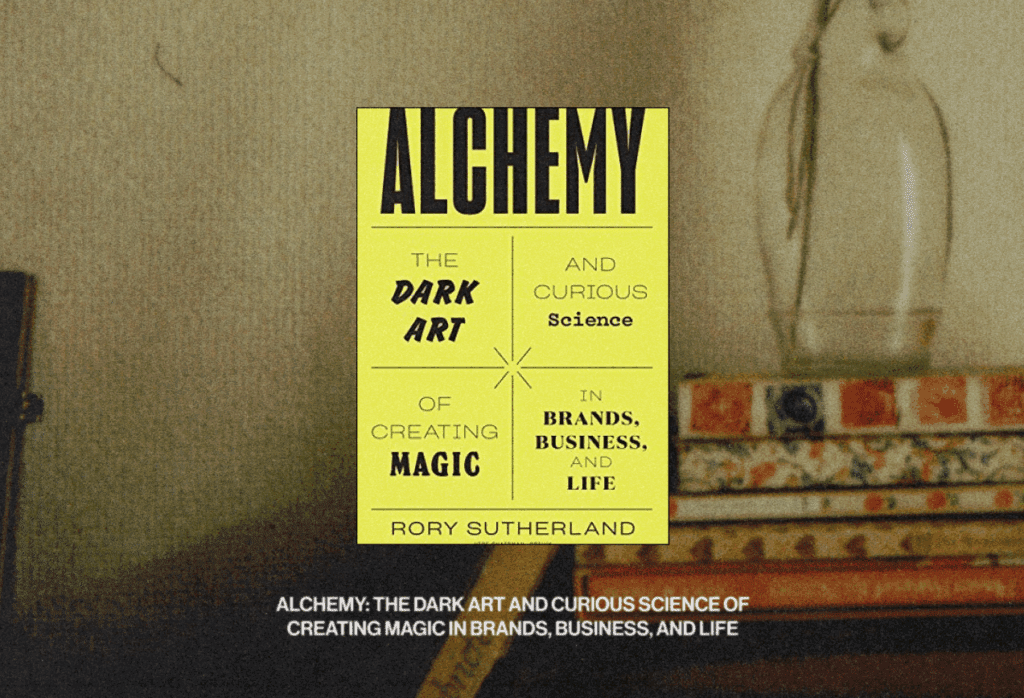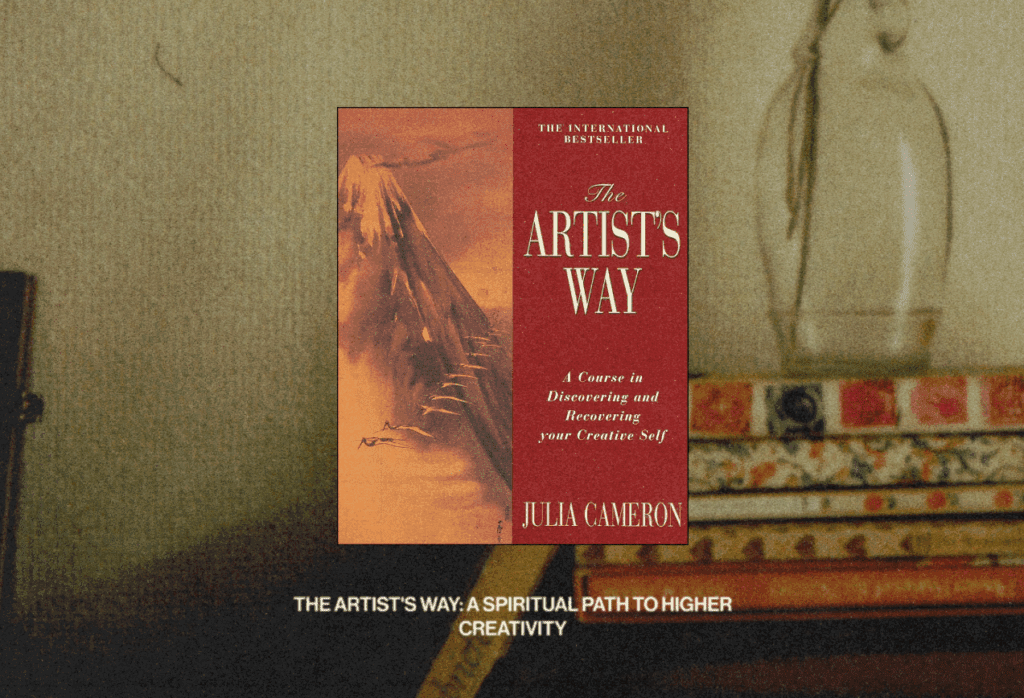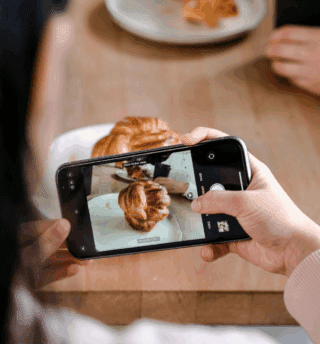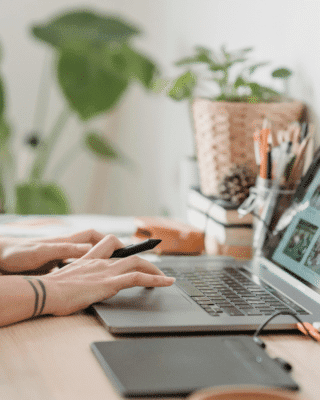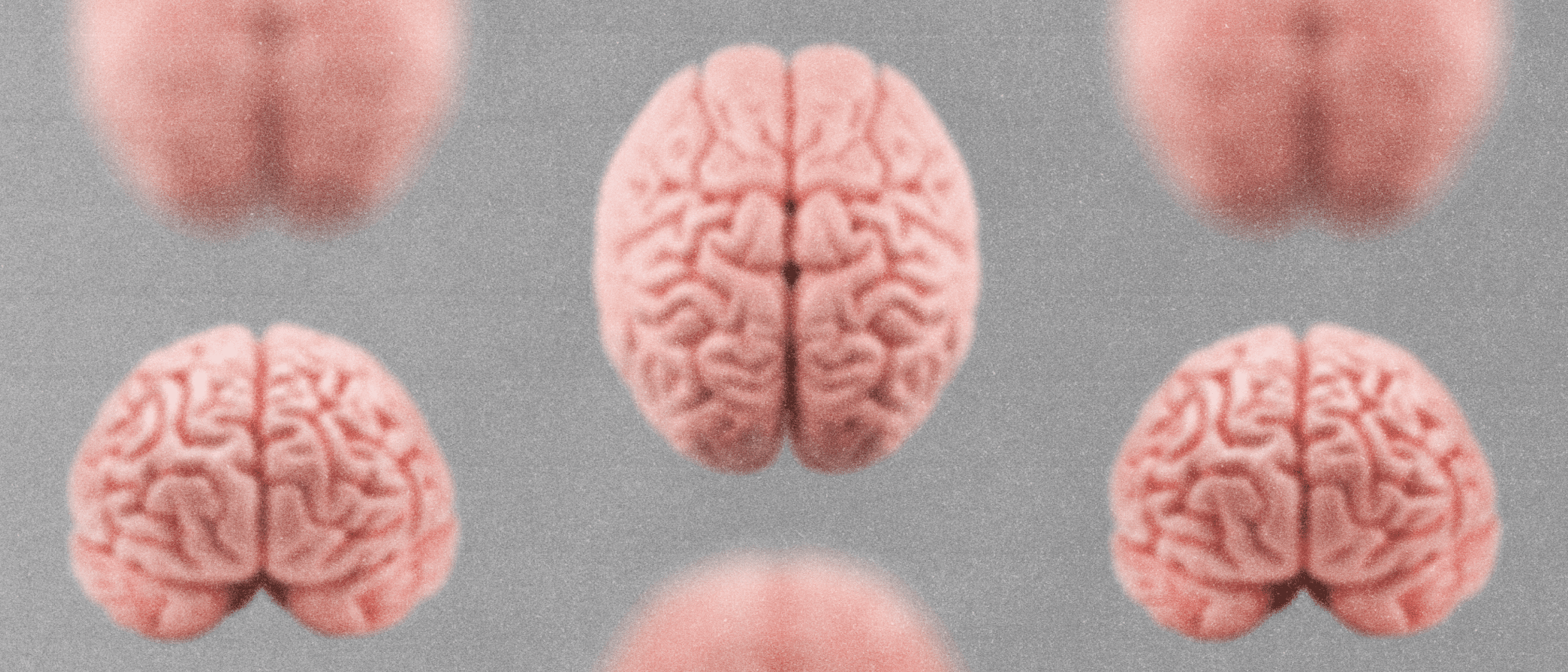
Creativity —
How to Harness Your Creativity Every Day
Check out the video where I go into more detail about the themes from this blog post.
Introduction —
Why Everyone Is a Creative Being
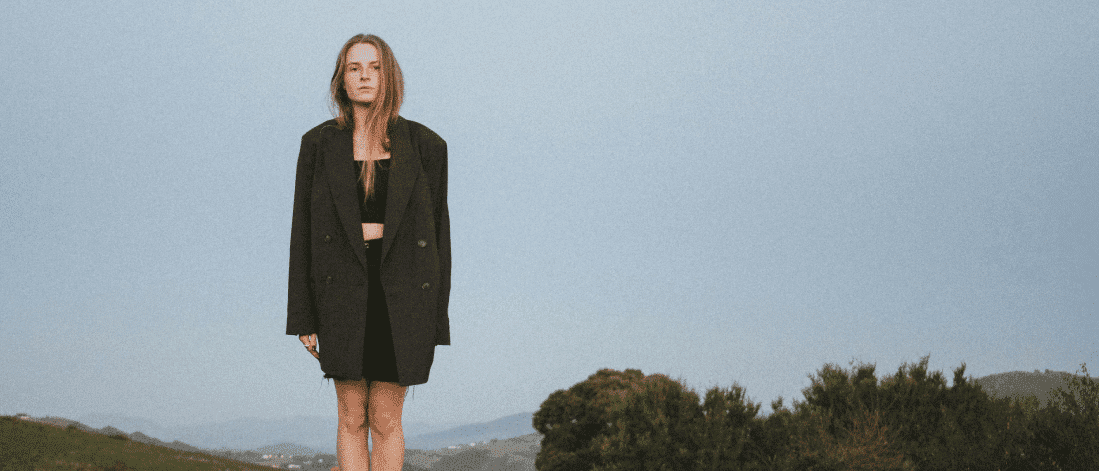
Debunking the “Creative Profession” Myth
Before we dive in, let’s talk about the big elephant in the room. The blocker that most people carry quietly inside: the idea that creativity is only for “creative professionals.” Designers. Artists. Photographers. You know the drill.
But that’s a myth. Creativity is not a profession. It’s not something you say in a job interview to sound interesting. It’s a natural human capacity, and it lives in all of us.
Every time you comfort someone with the right words, invent a new way to use the leftovers in your fridge, or reorganize your life during a chaotic week, you’re creating. You’re adapting. You’re being resourceful. That’s creativity at work.
We tend to associate creativity with outputs: paintings, songs, logos. But creativity is a way of thinking. It’s how you solve problems, how you express ideas, how you respond to the world.
Even a surgeon makes creative decisions. A teacher crafts new ways to connect with their students. A parent finds inventive ways to make their child eat vegetables. Creativity lives in the choices we make daily, when we allow it to.
Everyday Creativity Examples (Cooking, Medicine, Communication)
We often underestimate how creative we already are, simply because we’ve been taught to only recognize creativity when it looks like art.
But creativity lives in the details of your everyday life.
Think about when you cook dinner without a recipe. When you combine ingredients based on what you have, what you like, and what you intuitively know will work: that’s creation. You’re crafting flavor, balance, nourishment. You’re responding to a moment with what’s available. That’s not just dinner, that’s art in motion.
Or think about a doctor facing a complex case. Every decision, from diagnosis to treatment, involves a mix of experience, pattern recognition, empathy, and risk. It’s not just science. It’s creative problem solving under pressure.
Even in conversation: how many times have you paused to choose the right words? To comfort someone, to say something difficult, or to express a feeling that doesn’t come with a script? That’s creativity, too. Language is one of our oldest tools for connection, and it’s always a creative act.
When we start to see these acts not as mundane, but as expressions of human adaptability and imagination, we reconnect with our own creative nature.
What if, instead of waiting for creativity to strike, we noticed the ways we’re already using it, and leaned into them consciously? Let’s dive in.
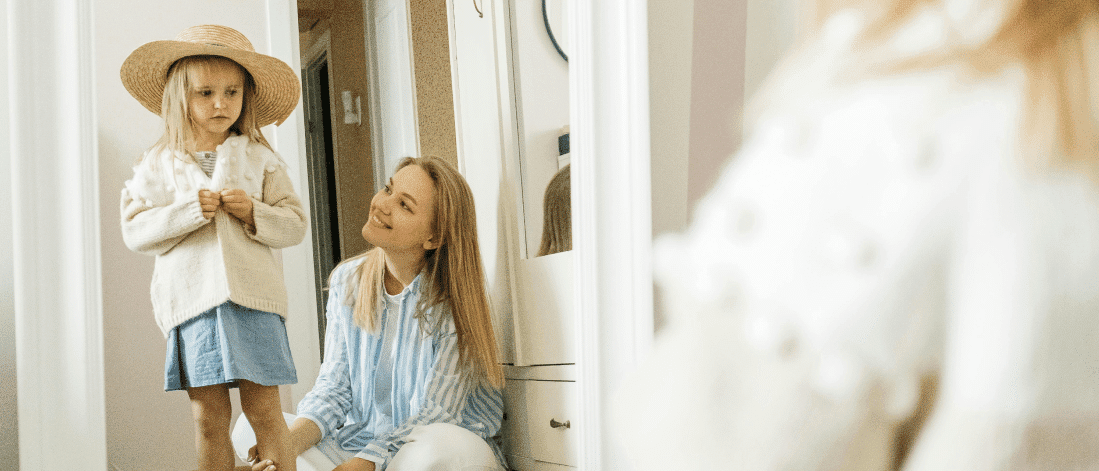
WHAT SCIENCE SAYS —
The Science & Modes of Creativity
So let’s talk about what’s actually happening in our minds when we create.
People often assume that creativity is some kind of magical spar: a moment of inspiration that either happens or doesn’t. But in reality, creativity has a lot to do with how your brain is wired and how you interact with the world around you. It’s not only a gift, it’s a system, and you can train it.
Einstein’s Take: “Creativity Is Intelligence Having Fun”
There’s this quote I really love by Albert Einstein: “Creativity is intelligence having fun.”
It might sound shallow at first, but there’s something deep there. The idea is that creativity isn’t about throwing logic away, but about engaging your intellect in a new way. You’re still using your brain, but now it’s curious, experimental, open to surprise.
It’s like saying you can be structured and imaginative at the same time. And that balance, between logic and play, precision and openness, is what makes creativity so powerful. You don’t have to choose between clarity and expression. You can have both, and they can work together.
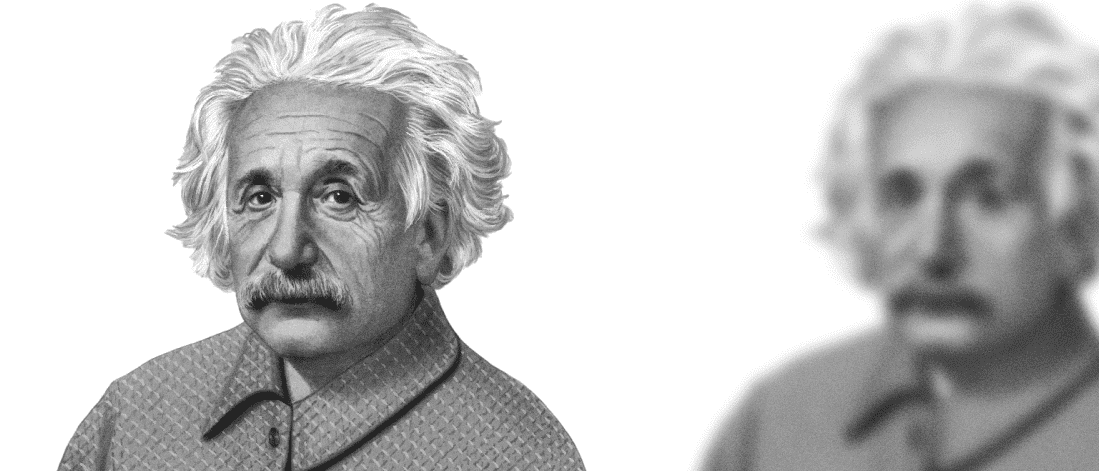
How Your Brain Supports Creativity: Linear vs. Discovery Mode
Here’s a concept I found super helpful: our brain has two operating modes, and both are essential to creativity.
The first is what we might call linear mode: it’s focused, structured, and efficient. This is where we get things done. It’s when you follow steps, repeat processes, stay inside the lines. It’s valuable, but it’s not where the innovative ideas are born.
The second is discovery mode: the relaxed, unfocused, open-ended state. It’s where you try things, explore, and allow for randomness. It’s when you’re daydreaming in the shower or taking a walk and an idea just lands. That’s your brain making new connections without pressure.
When you toggle between those two modes, creation and refinement, chaos and order, you enter a kind of cognitive dance. That’s how deep creativity works. You explore freely, then edit with precision. You let ideas come, then shape them into form.
And this isn’t abstract, it’s backed by neuroscience. Studies show that creativity involves both the default mode network (associated with mind-wandering) and the executive network (associated with focused attention). That’s also why sometimes the best thing you can do for a project is step away from it, let your mind wander and breathe. Other times, what helps is putting on music with a steady rhythm to support focus, repetition, and flow. Both states are essential. The real deal is knowing when to shift between them.
We often think creativity is about producing, but sometimes, it’s about pausing, letting your mind connect the dots in the background.
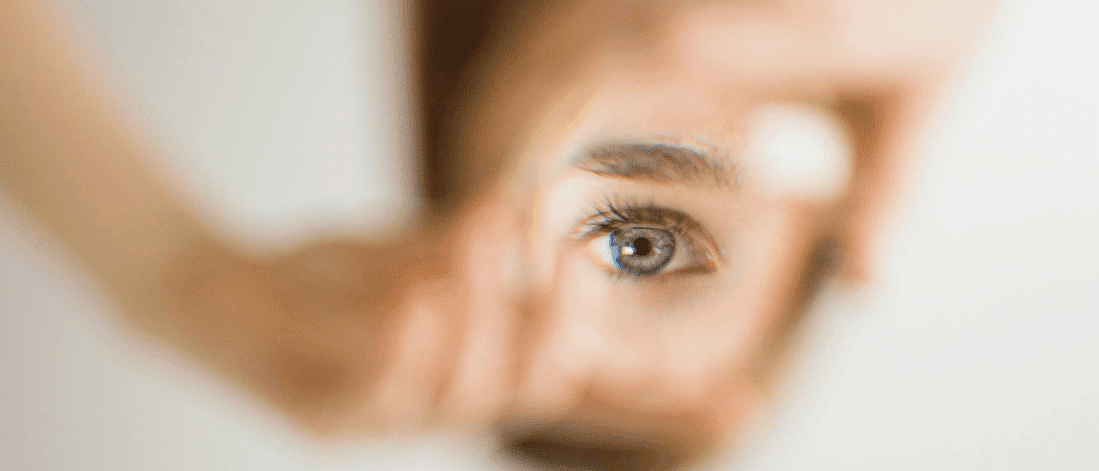
MY JOURNEY —
My Personal Creativity Journey
This isn’t just theory for me. It’s something I’ve lived, and continue to live every day.
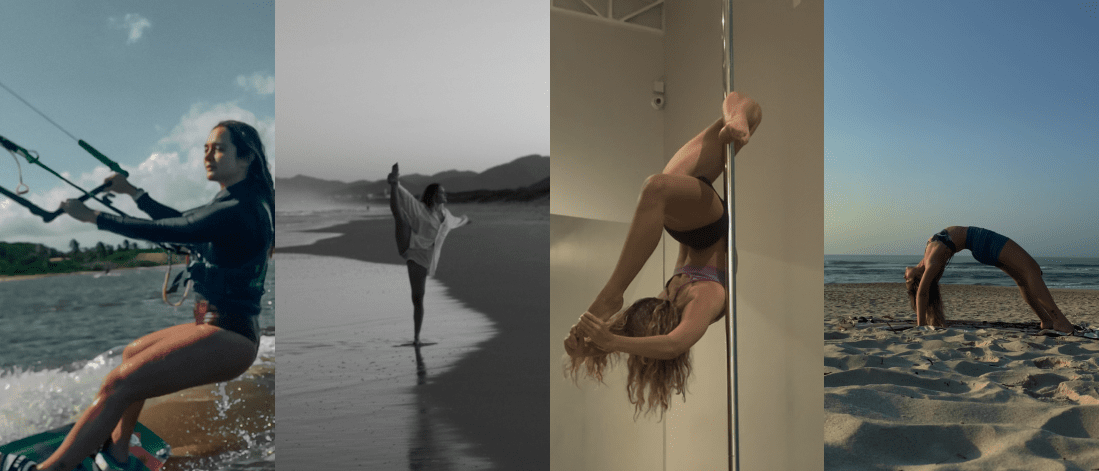
From Yoga to Surfing to Dancing (Finding Power in Movement)
About six years ago, I realized I was stuck. I felt blocked, not because I lacked ideas, but because I was afraid to act on them. I had curiosity, but I didn’t trust myself enough to explore. I wanted to move, to try new things, but I hesitated. And I know I’m not the only one. That’s a story a lot of people live: the gap between wanting and doing, between knowing and trying.
So I gave myself a challenge: do 10 minutes of yoga every morning. That’s it. Not to become an expert. Just to show myself I could be consistent. Little did I know… That small commitment built something bigger: trust, confidence, movement.
Soon enough, 10 minutes of daily yoga led to scheduling surf lessons. Surfing led to finally signing up to a dance studio. Each step pulled me deeper into this process of self-discovery through a common theme: movement. And I realized, creativity isn’t just in the mind, it also lives in the body. Especially for people like me with ADHD, constant movement started to bring clarity in all areas. It brought me back to being present.
I even made a personal promise: What if I try this for five years and see where I end up? That framing helped me stay playful and patient, it helped me stay open. And eventually, the five-year mark didn’t even matter anymore, I had already changed. Movement had become a natural part of my lifestyle, my creative process and my self-connection.
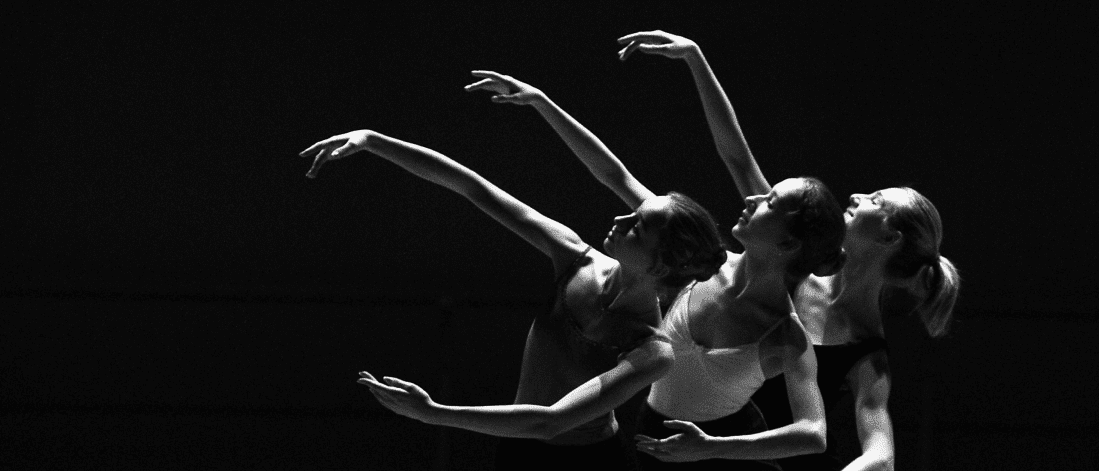
Flow State & Deep Immersion: The Therapeutic Edge
That’s when I discovered something else: flow.
You’ve probably heard of it, that psychological state where you’re completely immersed in what you’re doing. You lose track of time. You feel fully alive. You’re not thinking about the outcome, you’re just doing. That’s the so called flow state, and it’s one of the most powerful tools for creativity and healing, let me you.
Through yoga, dancing, even working deeply on a project, I learned that flow isn’t just about productivity. It’s about emotional processing. When I enter a creative flow, I meet parts of myself that I ignore in daily life, my doubts, my blocks, my pressure to perform. And by staying in the process, I move through those things. Creativity becomes therapy. Flow becomes healing.
So when people ask me, why do you talk about creativity like it’s power? Because it’s not just about making things. It’s about remaking yourself.
THE LESSONS —
9 Lessons I Learned About Creativity
With time, practice, and a lot of trial and error, I started noticing patterns in my creative process, and in how I relate to it. These aren’t “rules.” They’re more like reminders. Anchors. They help me navigate the highs and lows, especially when I feel blocked or disconnected from myself.
Here’s what I’ve learned, and what I keep learning:
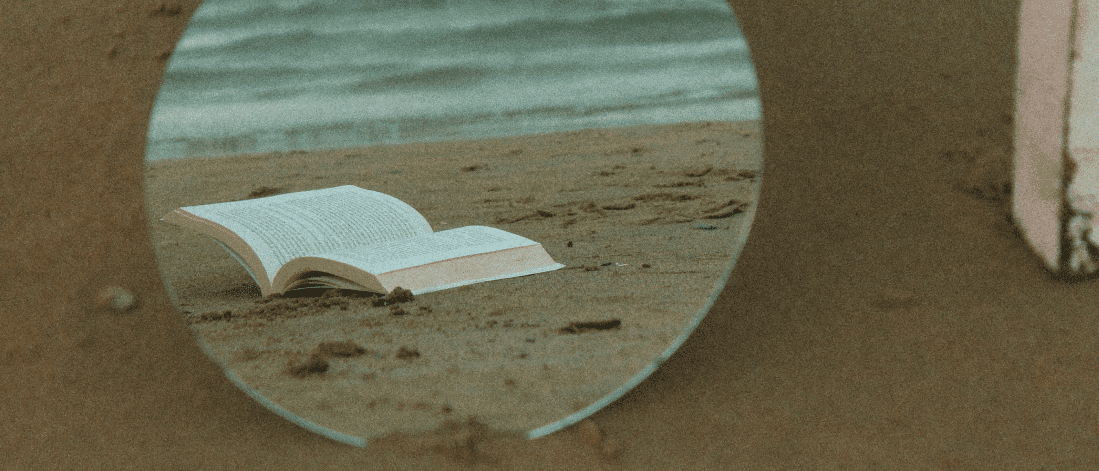
01. Some ideas don’t work, and that’s okay.
Not every idea will turn into gold. That’s not a failure, that’s part of the work. The more you try, the more you learn. So detach a bit. Let ideas breathe.
02. Some ideas work way better than you imagined.
Sometimes you create something out of curiosity, and it resonates deeply. Trust that the unexpected can be beautiful. Don’t assume you know what will hit.
03. Start simple. Start curious.
Don’t try to be groundbreaking right away. Just start. Sketch. Move. Write a sentence. Dance for 3 minutes. The point isn’t to impress, it’s to connect to what you’re doing.
04. Learning doesn’t have to be painful.
We often carry this belief that growth = struggle. But what if we reframed that? What if learning could be light, playful, rhythmic? Try joy as your method, play like a child would.
05. Capture your ideas before they disappear.
Inspiration has a short attention span. If something excites you, write it down. Record a voice note. Pin a visual. Capture now, process later.
06. Track your process.
You’ll start to see what inspires you most, when you’re more energized, what blocks you. This awareness becomes creative data and it’s powerful.
07. Share your process with people who get it.
Creativity doesn’t have to be lonely. When you share the mess, the unfinished, the experiment, you connect. And connection fuels momentum.
08. Break the rules sometimes.
Structure helps, but so does rebellion. Try it your way. Twist the format. Do the opposite. That’s often where originality lives.
09. Address your blocks, don’t avoid them.
Creative blocks aren’t just about lack of ideas. They’re about fear, pressure, overstimulation, burnout. Listen to what the block is saying. Maybe it’s asking you to rest. To shift. To feel. Respect that.
whats next —
Resources & Next Steps
If this topic resonated with you, and you want to go deeper, whether to nurture your creative self or simply understand the process better, here are some resources that helped me reconnect with my own creativity:
1. Alchemy: The Dark Art and Curious Science of Creating Magic in Brands, Business and Life
A must-read if you’re into branding, intuition, and storytelling. This book explores the invisible side of influence and creativity and how “illogical” ideas often win hearts and minds.
2. The Artist’s Way
This book is like creative therapy. If you’ve ever felt disconnected from your creative energy, or unsure if you even have one, this guide will gently walk you back to it. Morning Pages, Artist Dates… it’s a beautiful process of recovery.
3. Huberman Lab Podcast – Episode with Rick Rubin
Neuroscience meets art. Rick Rubin talks about how to access creativity as a state of being, not a technique. There’s so much wisdom here, about presence, resistance, silence, and flow.
Structure helps, but so does rebellion. Try it your way. Twist the format. Do the opposite. That’s often where originality lives.
We have what you need —
Ready to scale your brand without losing your story?
Let’s build something meaningful—authentic, strategic, and aligned with who you truly are.
